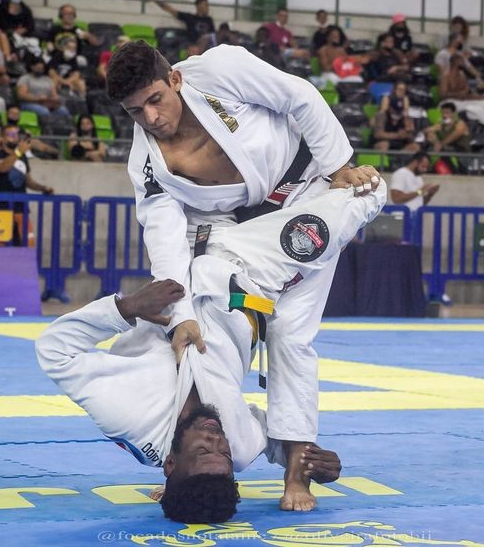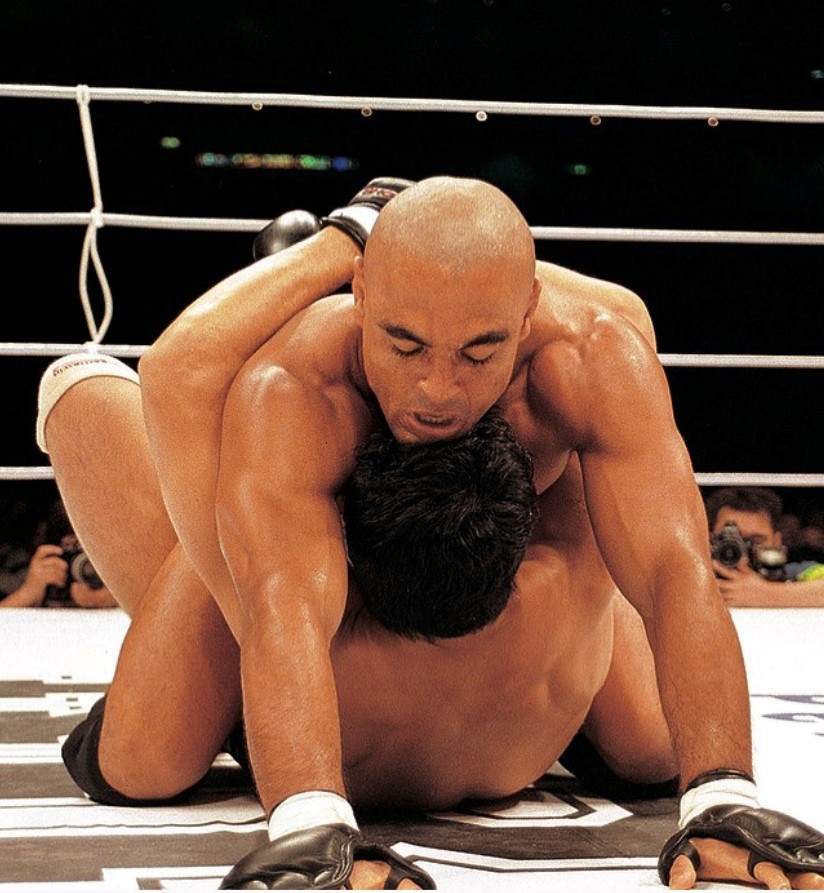Sport JJ for Defense
Sport Jiu-Jitsu for self-defense with SBG Founder, Matt Thornton
You ask students on their first day why they decided to take up jiu-jitsu, most say that they came because they wanted to get in shape or learn self-defense. Very few students initially come through the doors of the school with the aim of one day competing in jiu-jitsu tournaments, but eventually a significant number begin to warm to the idea. As Matt Thornton of Straight Blast Gym (SBG) says in the below video, many students “naturally start to move away from training so much because of self-defense and to train more just because they love the art.”
“They will often join with one intention and that intention changes over time,” he says.
What Is Sport Jiu-Jitsu?
The type of jiu-jitsu seen in competitions is typically referred to sport jiu-jitsu. In sport jiu-jitsu, there are very few strikes, and the focus is on guard passes, holds, and sweeps. The associations that oversee sport jiu-jitsu events often have strict rules and regulations governing time limits, weight classes, and point systems.
Another distinction is how fights evolve. Because there are time limits and points, fighters can’t just wear their opponent out. Instead, they need to develop more aggressive strategies to submit their opponent before time runs out or develop strategies that allow them to get more points than their opponents.

What Is Street Jiu-Jitsu?
Unlike sport-jitsu, street jiu-jitsu is more in line with what one would expect in a street fight. There are no time limits, weight classes, or points. More importantly, there is a greater emphasis on defending against strikes and avoiding positions that leave one vulnerable to serious injury. MMA-style fighting has a lot more in common with this kind of jiu-jitsu than with sport jiu-jitsu.
Universal Principals
As Matt goes on to say that any gym that focuses on the fundamentals of jiu-jitsu will teach students skills that will allow them to feel comfortable in either environment. “There is very little change that has to be made, and the biggest thing that I think the athletes have to confront is…more psychological.” It has more to do with how to compose themselves while someone else is trying to punch them in the head rather than changing up anything technical about their style.
With respect to needing to change what you’re doing in a street fight scenario, Matt notes that the jiu-jitsu is going to be even simpler and even more based on the fundamental techniques that you learn as a white belt. After all, very few aggressors in a street fight scenario are going to know jiu-jitsu or have any idea of how to defend against it.
Whether you’re a casual student who comes once a week or someone who is far more dedicated, you are going to have an advantage. Additionally, training gives you skills that aren’t unique to jiu-jitsu. It keeps you conditioned, agile, and psychologically prepared to fight another person. Unless your opponent is also training as a fighter, this will give you the upper hand.
At the end of the day, there is no question that any kind of jiu-jitsu will prepare you for a real-world fight scenario.

Evolving Interests
While most students are not initially drawn to competitive jiu-jitsu, they may discover after several years that becoming better fighters has given them more appreciation for jiu-jitsu as an art form. Rather than just being a way to dominate an opponent, they recognize that there is a huge amount of work and practice that goes into perfecting even basic techniques, and this respect for the art of jiu-jitsu makes them more inclined to want to be a part of the jiu-jitsu community.
“They love coming in and getting in a workout and hanging out with their friends,” Matt says. “They’re part of the community. The activity itself becomes something that they’re doing because they enjoy it, and that’s kind of an organic and I think healthy process.”

